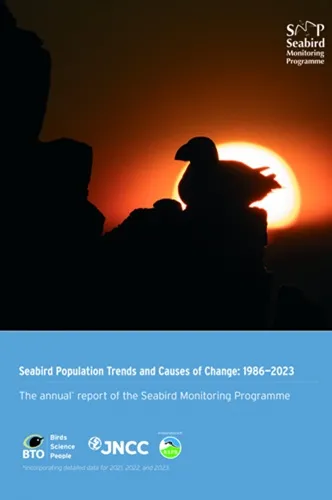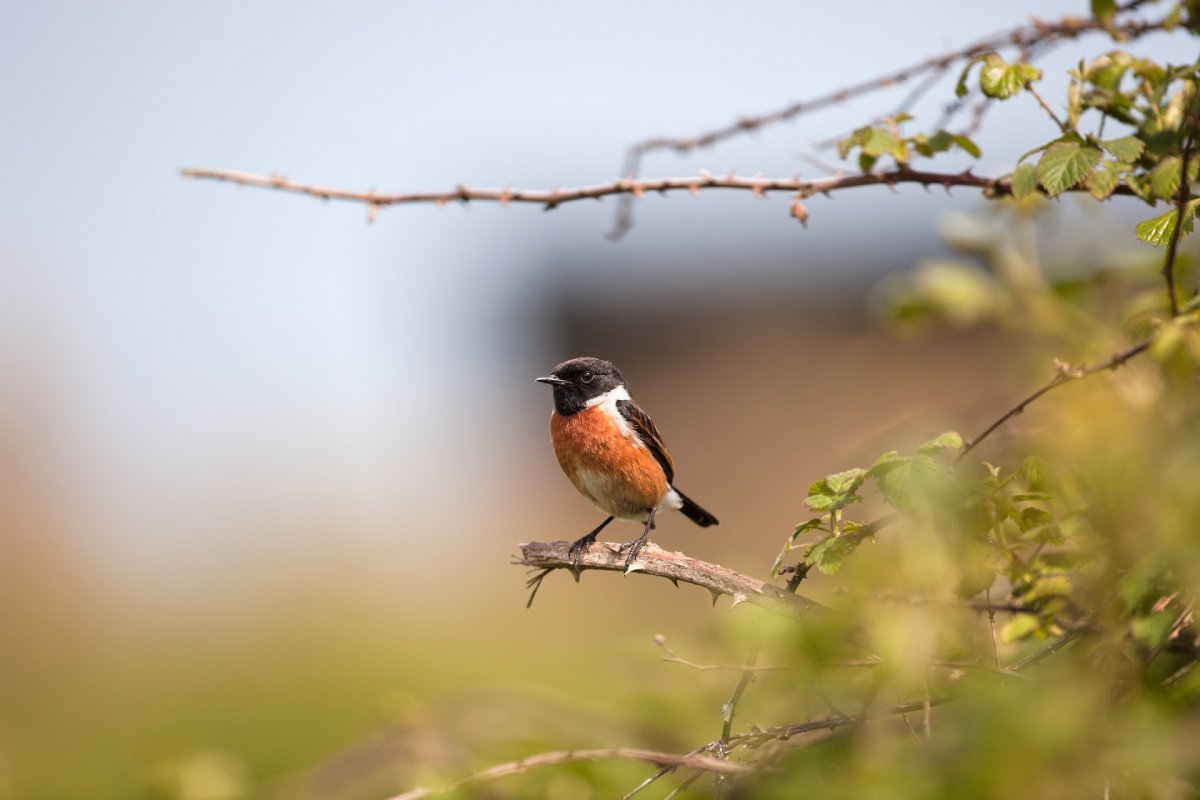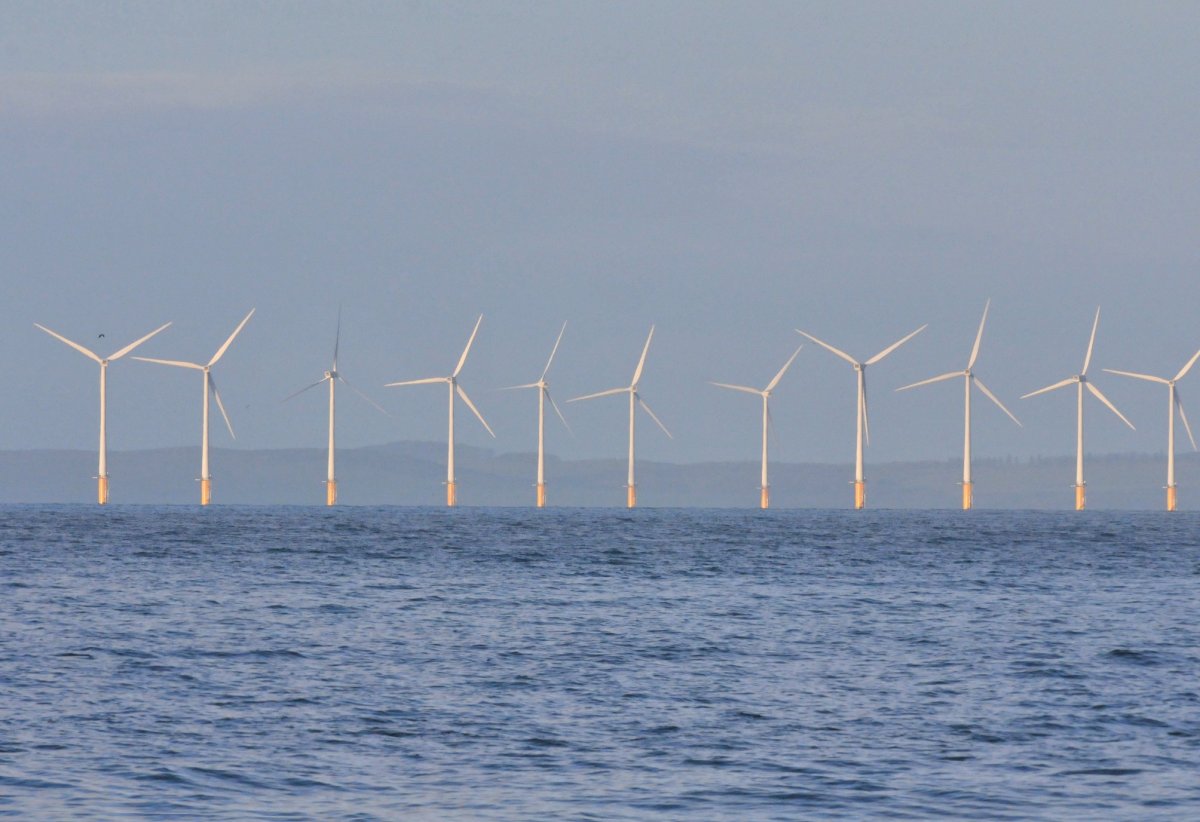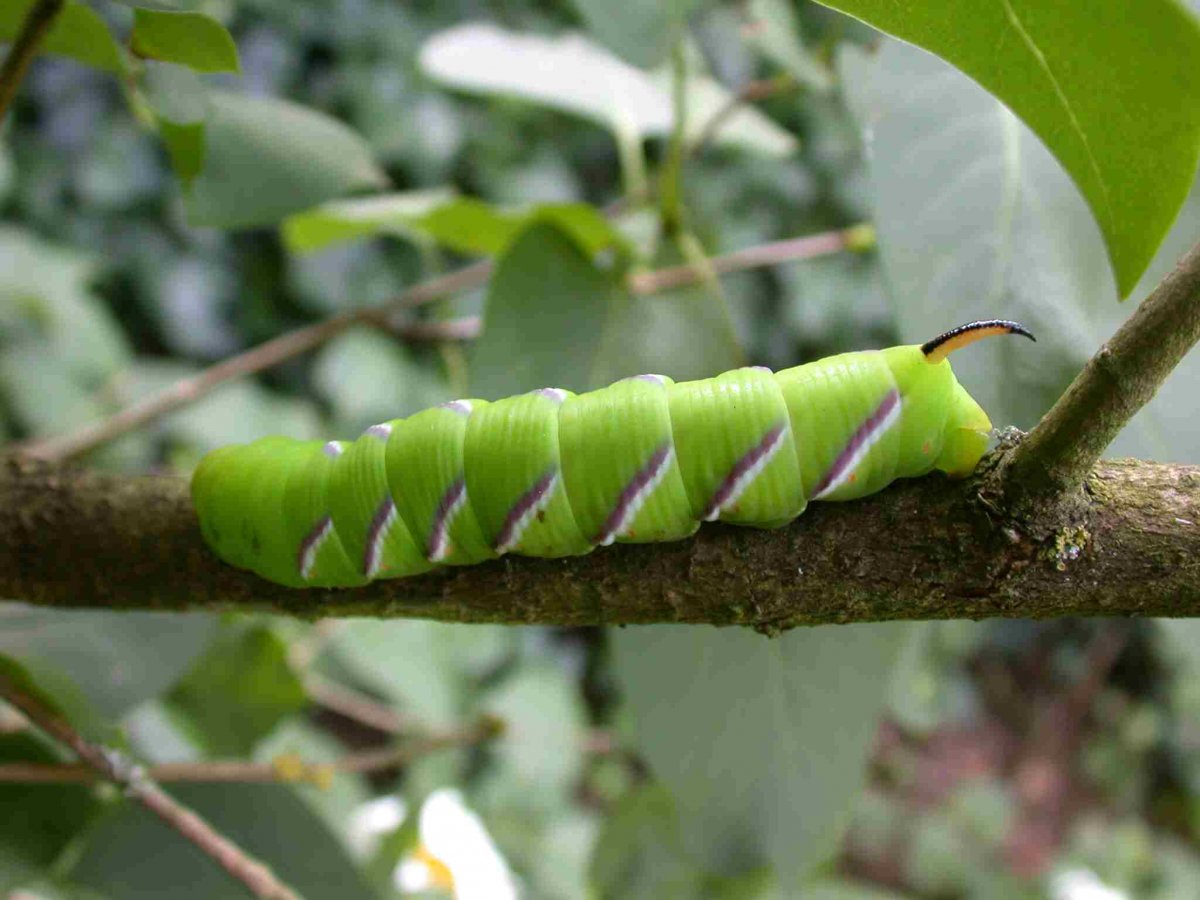BTO create and publish a variety of important articles, papers, journals and other publications, independently and with our partners, for organisations, government and the private sector. Some of our publications (books, guides and atlases) are also available to buy in our online shop.
Annual report of the Seabird Monitoring Programme
Seabird Population Trends and Causes of Change: 1986–2023
This report presents the latest seabird population trends in breeding abundance and productivity using data from the Seabird Monitoring Programme (SMP).
The report documents changes in the abundance and productivity of breeding seabird species in Britain and Ireland from 1986 to 2023, and provides a detailed account of the 2021, 2022 and 2023 breeding seasons.

Search settings
Large extents of intensive land use limit community reorganization during climate warming
Author: Oliver, T.H., Gillings, S., Pearce-Higgins, J.W., Brereton, T., Crick, H.Q.P., Duffield, S.J., Morecroft, M.D. & Roy, D.B.
Published: 2017
Fifty years ago, volunteers began annual breeding bird surveys in woodlands as part of the Common Bird Census. Few probably would have anticipated the enormous changes the bird communities in those woodlands have shown, but their data have been a gold-mine for understanding how the many guises of environmental change are impacting birds. In our latest study we worked with colleagues at the University of Reading, Centre for Ecology and Hydrology, Butterfly Conservation and Natural England to assess how climate change and habitat interact to affect bird and butterfly populations.
11.01.17
Papers

Towards a framework for quantifying the population-level consequences of anthropogenic pressures on the environment: The case of seabirds and windfarms
Author: Cook, A.S.C.P. & Robinson, R.A.
Published: 2017
Renewable energy is a key part of strategies to reduce the effects of climate change. However, there are concerns about the potential impacts of large renewable developments, such as offshore wind farms, on wildlife. A significant amount of research has been directed at understanding how these developments may affect marine wildlife, particularly seabirds. Key impacts on seabirds are likely to include increased mortality through collisions with wind turbines, and displacement from preferred foraging areas. However, whilst we can estimate what impact any development may have at an individual level, understanding what this means for the population as a whole is more complex.
05.01.17
Papers

BirdTrends 2016
Author: Robinson, R.A., Leech, D.I., Massimino, D., Woodward, I., Eglington, S.M., Marchant, J.H., Sullivan, M.J.P., Barimore, C., Dadam, D., Hammond, M.J., Harris, S.J., Noble, D.G., Walker, R.H. & Baillie, S.R.
Published: 2017
The BirdTrends 2020 report is a one-stop shop for authoritative information about the population status of the common breeding birds of the wider UK countryside. The report is based on data gathered by the many thousands of volunteers who contribute to BTO-led surveys.
01.01.17
Reports BirdTrends

The seabird wreck in the Bay of Biscay and South-Western Approaches in 2014: A review of reported mortality
Author: Morley, T.I., Fayet, A.L., Jessop, H., Veron, P., Veron, N., Clark, J.A., Wood, M.J.
Published: 2016
31.12.16
Papers
An indicator highlights seasonal variation in the response of Lepidoptera communities to warming
Author: Martay, B., Monteith, D.T., Brewer, M.J., Brereton, T., Shortall, C.R. & Pearce-Higgins, J.W.
Published: 2016
As the effects of climate change are becoming ever more evident and widespread, methods to measure the impact on ecological communities and to understand how such impacts occur are more valuable. Recently published research, led by the BTO in collaboration with the Centre for Ecology and Hydrology, BioSS, Butterfly Conservation and Rothamsted Research, describes the development of a new indicator for detecting the effect of climate change in British butterflies and moths, which also provides new insights into when species are most sensitive to change.
19.12.16
Papers
